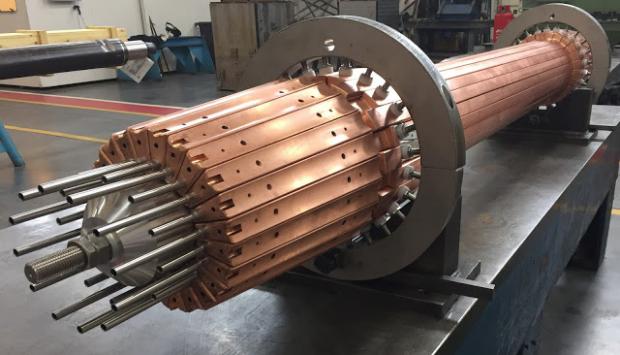
Breaking News
Living a Creative Life Maximizes Your Life
SEMI-NEWS/SEMI-SATIRE: November 9, 2025 Edition
 Trump pardons Mets legend, 'Celebrity Apprentice' alum Darryl Strawberry over tax evasion co
Trump pardons Mets legend, 'Celebrity Apprentice' alum Darryl Strawberry over tax evasion co
 You WON'T BELIEVE How Much Money We're REALLY Sending To Israel!
You WON'T BELIEVE How Much Money We're REALLY Sending To Israel!
Top Tech News
 HUGE 32kWh LiFePO4 DIY Battery w/ 628Ah Cells! 90 Minute Build
HUGE 32kWh LiFePO4 DIY Battery w/ 628Ah Cells! 90 Minute Build
 What Has Bitcoin Become 17 Years After Satoshi Nakamoto Published The Whitepaper?
What Has Bitcoin Become 17 Years After Satoshi Nakamoto Published The Whitepaper?
 Japan just injected artificial blood into a human. No blood type needed. No refrigeration.
Japan just injected artificial blood into a human. No blood type needed. No refrigeration.
 The 6 Best LLM Tools To Run Models Locally
The 6 Best LLM Tools To Run Models Locally
 Testing My First Sodium-Ion Solar Battery
Testing My First Sodium-Ion Solar Battery
 A man once paralyzed from the waist down now stands on his own, not with machines or wires,...
A man once paralyzed from the waist down now stands on his own, not with machines or wires,...
 Review: Thumb-sized thermal camera turns your phone into a smart tool
Review: Thumb-sized thermal camera turns your phone into a smart tool
 Army To Bring Nuclear Microreactors To Its Bases By 2028
Army To Bring Nuclear Microreactors To Its Bases By 2028
 Nissan Says It's On Track For Solid-State Batteries That Double EV Range By 2028
Nissan Says It's On Track For Solid-State Batteries That Double EV Range By 2028
Tokamak Energy plans net electricity production fusion by 2025...

Experimental and theoretical research has shown 'spherical' tokamaks to be a "fast route to fusion" compared with more "conventional" tokamak devices such as Joint European Torus (JET), according to David Kingham, chief executive of Tokamak Energy.
"By pursuing this route, fusion researchers around the world, including at Tokamak Energy, are developing new materials and technologies to help us get fusion power into the grid by 2030," Kingham told a meeting held last week by the International Energy Agency (IEA) on developing fusion power. Tokamak Energy was invited as "one of the three most promising fusion concepts", along with General Fusion and Tri-Alpha Energy.
The UK's Tokamak Energy grew out of Culham Laboratory, home to JET - the world's most powerful tokamak - and the world's leading centre for magnetic fusion energy research. Tokamak Energy's technology revolves around high temperature superconducting (HTS) magnets, which allow for relatively low-power and small-size devices, but high performance and potentially widespread commercial deployment.

 Carbon based computers that run on iron
Carbon based computers that run on iron

